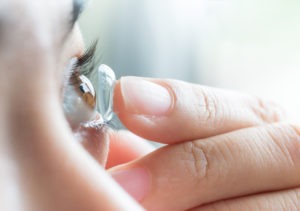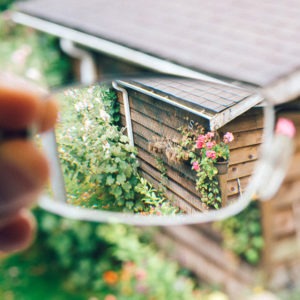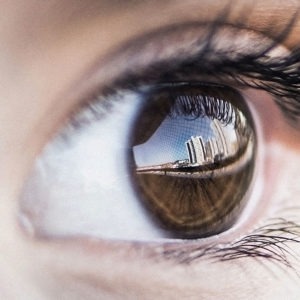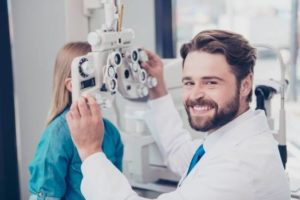
Original Article Published in the Northwest Indiana Times on May 16th, 2021.
Dr. Steven Levin says what happened on April 16 came as a complete surprise. At the annual meeting of the Indiana Optometric Association, Levin received the Lifetime Achievement Award from the Indiana Optometric Association(IOA).
“I was very humbled and surprised to receive the prestigious Lifetime Achievement Award,” said Levin, a longtime Northwest Indiana optometrist at Levin Eye Care Center in Whiting. Levin said that in 50 years’ time the award has been given to just 14 people. In choosing recipients, the Indiana Optometric Association awards points in four categories, each with several qualifications that must be met.
Levin has been honored with other recognitions in his career:
- 2001 — Indiana Optometrist of the Year Award, the IOA’s highest award, for the member who has demonstrated contributions to the profession; service on behalf of the visual welfare of the public; and service to the community.
- 2002 — National Optometrist of the Year Award from the American Optometric Association, its highest award in the nation, for “leadership and foresight into children’s educational and public visual welfare initiatives and community service.”
- 2007—Elected to the National Academies of Practice as a Distinguished Practitioner. The nonprofit organization elects “distinguished professionals advancing interprofessional health care by fostering collaboration and advocating policies in the best interest of individuals and communities.”
Levin, a board-certified member of the College of Optometrists of Vision Development, specializes in vision therapy as well as providing a broad range of optometric care. Vision therapy changes lives, Levin said. Some visual conditions need more than glasses, contact lenses and/or patching and are best resolved through a program of vision therapy rehabilitation.

Vision therapy is designed to correct eye-related deficiencies for all ages. The list is long and includes struggles with blurred vision, learning disabilities, attention deficit disorder, dyslexia, lazy eye, double vision, special needs, autism spectrum disorders, stress-related issues, motion sickness, hand-eye coordination, traumatic brain injuries, and more.
Levin said a common condition, visual stress with reading, can affect children’s academic performance. “Kids do a lot of close work on homework and on screens like iPads, computers and other devices. Reading skills are based on ocular high motor skills that can be affected by close screen work. That can bring visual problems for them.”
Vision therapy helps students see information, process it and use it. First, there’s in-office therapy to work on fine motor skills, then home therapy. “Students who were suffering academically have become excellent students,” Levin said, adding it’s just one reason regular eye exams are important. Levin said various visual problems affect at least 40% of children in the school system. “They may not even realize there’s a problem.”

Helping students do better in school and his dedication to resolving other vision problems are significant factors in the recognition Levin has received. “I’ve worked with so many people to change their lives — children with learning disabilities, people with traumatic brain injuries – to get them back to their work environment; helping people with stroke. We really do change lives with the rehabilitation we do.”
Levin, who graduated with honors from Illinois College of Optometry at Chicago, is also involved in many public organizations. “I believe in giving back.”
At 48 years and counting, Levin said: “It’s been a wonderful, rewarding career for me. Looking back on my career, I’ve been so blessed with my patients and with so many people I’ve met. My patients are phenomenal. I think about the children who are doing better in school now. I think of how it’s a privilege to be able to also serve the public.”
He’s quick to credit his staff. “We have a wonderful staff. You can tell because there are hundreds of five-star reviews online. We do a thorough job in all our evaluations. I pride myself on customer service and my associate Dr. Delia Malone feels the same way.”
Further corroboration is evident: The most recent first place rankings for Levin Eye Care Center in The Times of Northwest Indiana’s Best of the Region polls happened last year and this year. Levin said he intends to continue providing the best vision care for children and adults in the Region, with the same professional, compassionate care that has earned him the awards for excellence.

Levin Eye Care Center offers a full scope of optometric services with the latest technology available in the industry, providing eye wear designing and dispensing; contact lens fitting and follow-up, including disposable, bifocal and lenses for astigmatism; treatment of eye diseases and co-management of cataract surgery; laser vision correction (LASIK) co-management and consultation; sports vision enhancement and/or improvement; treatment for dry eye syndrome; and much more. “I love taking care of patients,” said Levin, expressing an award-winning approach to his practice.















